My recent electricity bill was informative but menacing. It had several bits of statistical info, including the variation in consumption since the previous quarter. I was encouraged to see my consumption of electricity had fallen 4.6 per cent. But it added to the BS (Bill Shock, or Bowen Shock as I now call it) when I saw that my bill had nevertheless increased by over 20 per cent.
Already a subscriber? Log in
Subscribe for just $2 a week
Try a month of The Spectator Australia absolutely free and without commitment. Not only that but – if you choose to continue – you’ll pay just $2 a week for your first year.
- Unlimited access to spectator.com.au and app
- The weekly edition on the Spectator Australia app
- Spectator podcasts and newsletters
- Full access to spectator.co.uk
Or

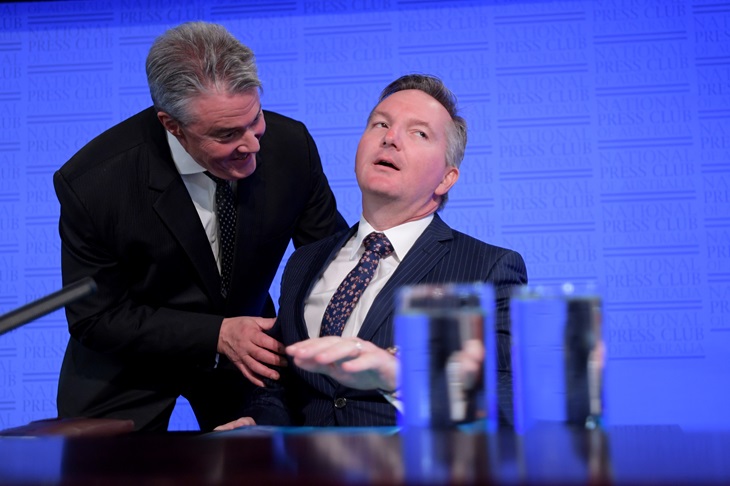

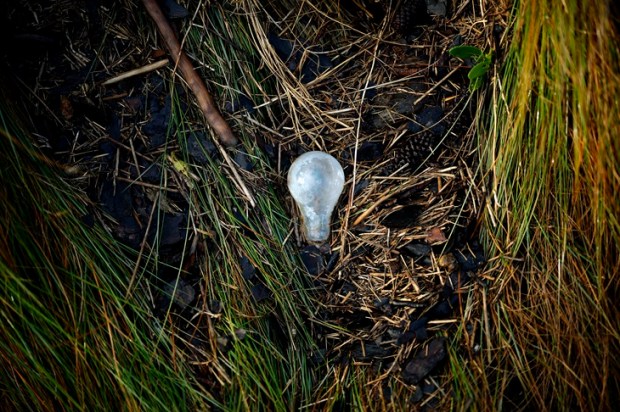
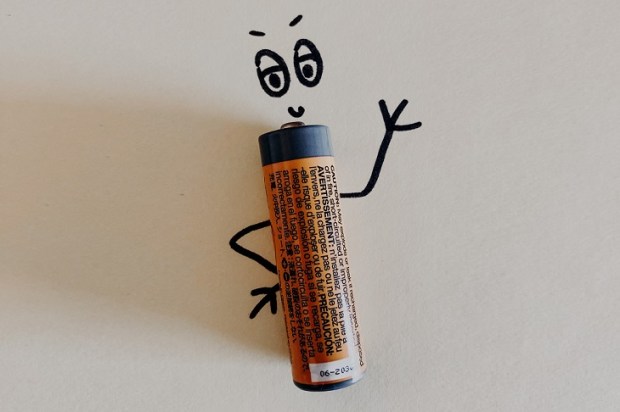

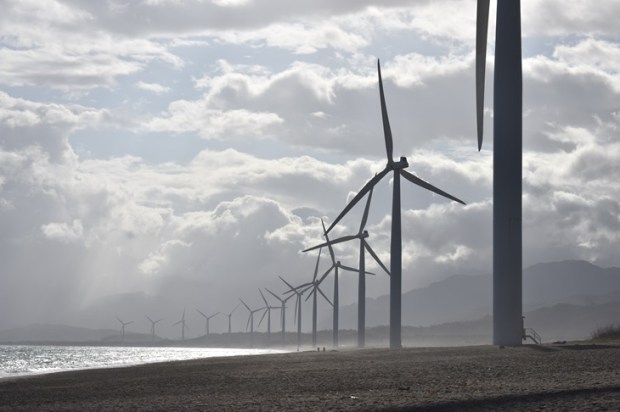
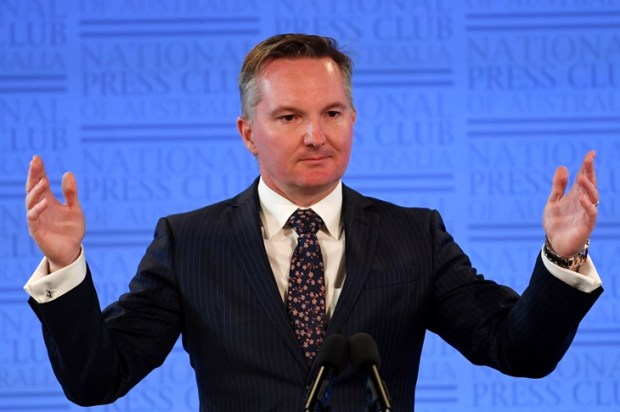


















Comments
Don't miss out
Join the conversation with other Spectator Australia readers. Subscribe to leave a comment.
SUBSCRIBEAlready a subscriber? Log in